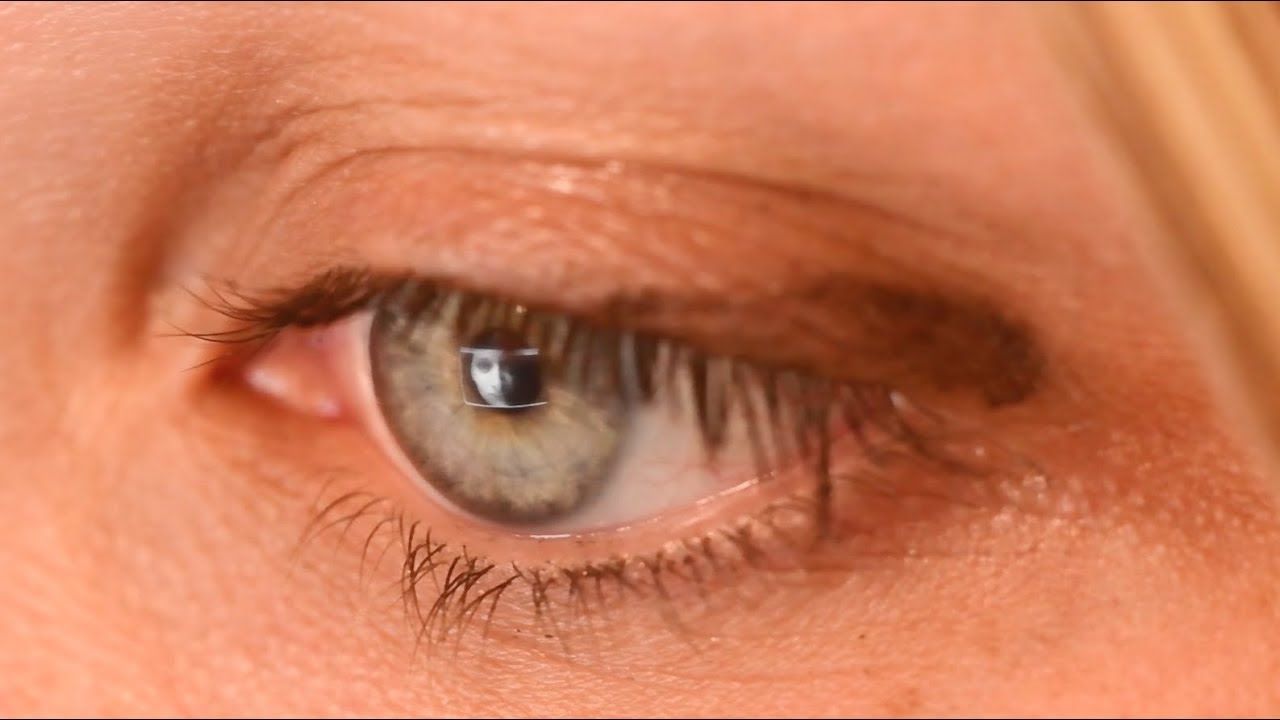Feb 26, 2018
We Might Finally Know Why The Blood of Young People Can Rejuvenate Old Brains
Posted by Shailesh Prasad in categories: biotech/medical, life extension, neuroscience
Scientists have been rejuvenating old mice with infusions of not just the blood of younger mice, but even blood from teenage human beings — and we finally have our first clues on why this strange technique works.
Researchers have discovered an enzyme that helps rescue ageing brains from cognitive decline. So far it’s only been shown in mice, but if the same mechanisms are found in humans, it could lead to a new class of anti-ageing therapies.
Four years ago, a team of researchers led by neurobiologist Saul Villeda from the University of California, San Francisco, discovered that giving older mice infusions of blood from younger mice improved their memory and learning by improving connections in the hippocampus.
Continue reading “We Might Finally Know Why The Blood of Young People Can Rejuvenate Old Brains” »


















